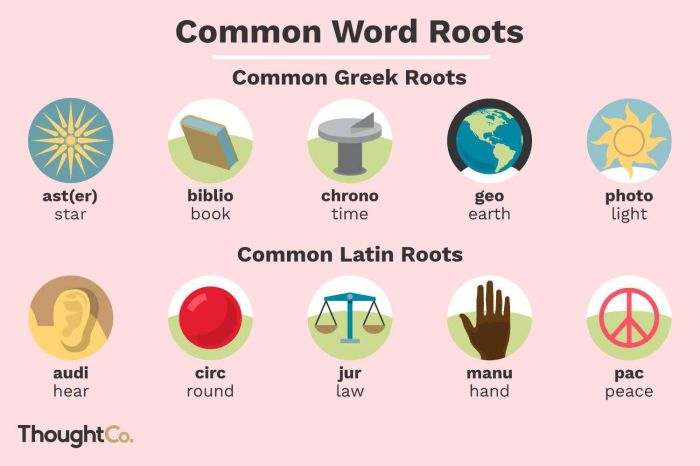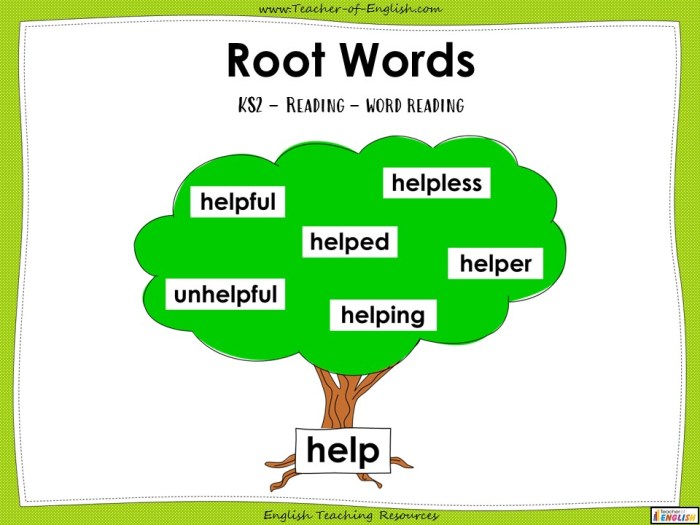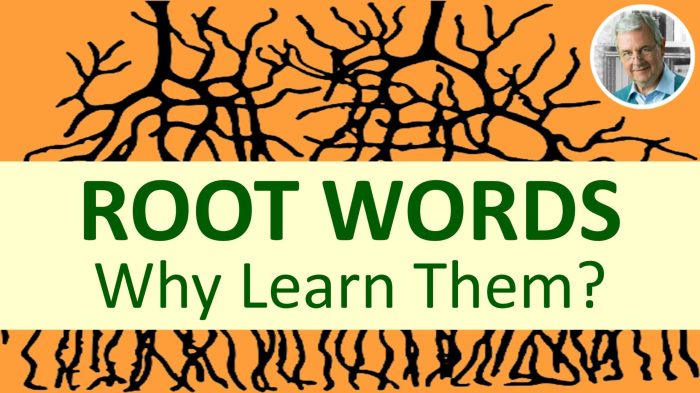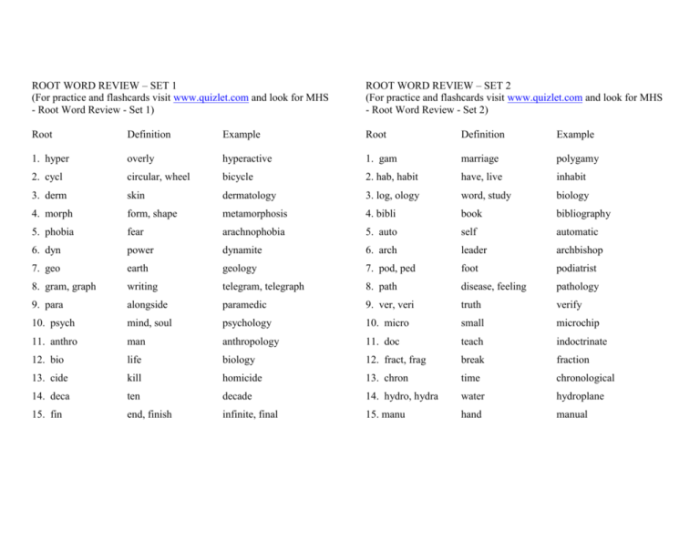Words with the root word cur – Words with the root word “cur” paint a vibrant tapestry of meanings, inviting us to explore their etymological origins, semantic nuances, and cultural significance. From the familiar “current” to the enigmatic “curmudgeon,” these words hold a wealth of stories waiting to be unraveled.
As we delve into their etymology, we’ll trace the evolution of “cur” across languages, uncovering its historical roots and the fascinating journey it has undertaken.
Definition and Etymology of “Cur”

The root word “cur” holds multiple meanings across different contexts. It is primarily used as a derogatory term for a contemptible or worthless person, often associated with cowardice or servility. The term “cur” can also refer to a mongrel or mixed-breed dog, typically characterized by its small size and unkempt appearance.
Etymologically, “cur” traces its origins back to the Middle English word “curre,” which itself evolved from the Old Norse word “kurr,” meaning “growling dog.” This association with dogs likely stems from the animal’s perceived unruliness and aggression.
Usage in Different Languages
The root word “cur” has found its way into various languages, each with its own nuances and connotations:
- English:“Cur” is primarily used as a derogatory term for a contemptible person or a mongrel dog.
- French:“Cur” translates to “cur,” retaining its negative connotation as a term of contempt.
- German:“Köter” is the German equivalent of “cur,” referring to a mongrel dog or a person of low character.
- Spanish:“Perro” is the Spanish word for “dog,” but it can also be used as a derogatory term for a worthless or cowardly person, similar to the English usage of “cur.”
Semantic Range of Words with “Cur”

The root “cur” in English language carries a diverse semantic range, encompassing words that convey notions of contempt, unpleasantness, or dissatisfaction. This root’s versatility allows it to appear in various word forms, each with its own nuanced meaning.
Categories of Words with “Cur”
Words containing the root “cur” can be broadly classified into three main categories based on their semantic implications:
- Derogatory Terms:This category includes words that express disdain or contempt, often used to describe individuals or things perceived as inferior or unpleasant. Examples include “curmudgeon,” “curtail,” and “cursory.”
- Unpleasant or Unfavorable Characteristics:Words in this category convey negative or undesirable qualities, such as bitterness, harshness, or difficulty.
Words with the root word “cur” often carry negative connotations, such as “curmudgeon” or “cursory.” Similarly, the act of being “spanked in front of friends” ( spanked in front of friends ) can be humiliating and embarrassing. The root word “cur” in this context evokes feelings of shame and inadequacy, aligning with the negative impact of being subjected to such a punishment.
Examples include “curdle,” “curt,” and “cursory.”
- Limitation or Restriction:The third category encompasses words that suggest limitations, restrictions, or curtailments. Examples include “curfew,” “curb,” and “curtain.”
Each of these categories encompasses a range of words with subtle variations in meaning, providing a rich vocabulary for expressing negative or unfavorable sentiments or describing situations involving limitations or restrictions.
Morphological Analysis of Words with “Cur”

Morphological analysis involves examining the internal structure of words to understand their formation and meaning. Words with the root “cur” exhibit variations in their morphological structure, influencing their semantic range.
Morphological analysis helps us identify prefixes, suffixes, and root variations that modify the meaning of “cur.” Prefixes like “dis-” and “un-” indicate negation or opposition, while suffixes like “-ish” and “-ly” convey qualities or characteristics.
Root Variations
- Cur: The base form of the root, meaning “dog” or “worthless person.”
- Curr: A variant of “cur,” often used in words related to running or flowing.
- Cors: Another variant of “cur,” primarily found in archaic or poetic contexts.
Cultural and Historical Connotations of Words with “Cur”

Words containing the root “cur” have a rich cultural and historical background, reflecting societal attitudes and values. Over time, these words have undergone semantic shifts, acquiring new meanings and connotations.
Semantic Shifts
- Curmudgeon: Initially meaning “a miserly or ill-tempered person,” it now refers to a grumpy or eccentric individual.
- Curator: From “one who cares for,” it has evolved to denote a museum or library professional responsible for preserving and managing collections.
- Curiosity: Originally “care or attention,” it now signifies a desire to know or learn something new.
Societal Attitudes and Values, Words with the root word cur
Words with “cur” often convey negative or derogatory connotations, reflecting societal disapproval of certain behaviors or traits. For example, “curmudgeon” and “curtail” imply disapproval of stinginess and excessive restriction, respectively.
Conversely, words like “curate” and “curious” carry positive connotations, highlighting the value of preserving knowledge and fostering intellectual inquiry.
Use of Words with “Cur” in Literature and Media

Words with the root word “cur” have found their way into various literary and media works, where authors and creators employ them to convey specific meanings and evoke emotions. These words often carry connotations of contempt, disdain, or negative qualities, adding depth and nuance to characters, narratives, and artistic expressions.
In Literature
In literature, words with “cur” are frequently used to describe characters with undesirable traits or behaviors. For instance, in Shakespeare’s “Romeo and Juliet,” the character Tybalt is referred to as a “cur” due to his aggressive and hot-tempered nature. Similarly, in Emily Brontë’s “Wuthering Heights,” Heathcliff is often labeled a “cur” for his cruel and vengeful actions.
In Poetry
Poetry also utilizes words with “cur” to convey emotions of anger, disgust, or contempt. In William Blake’s poem “The Tyger,” the speaker refers to the tiger as a “cur” to emphasize its predatory and destructive nature. Likewise, in Sylvia Plath’s poem “Daddy,” the speaker uses the term “cur” to express her resentment and hatred towards her father.
In Media
In media, such as films and television shows, words with “cur” are employed to create memorable and often unlikable characters. In the popular television series “Game of Thrones,” the character Joffrey Baratheon is frequently referred to as a “cur” due to his arrogance, cruelty, and sadistic tendencies.
Similarly, in the film “Django Unchained,” the character of Calvin Candie is depicted as a “cur” for his racist and inhumane behavior.
Cross-Cultural Comparison of Words with “Cur”: Words With The Root Word Cur

Words with the root “cur” have a range of meanings and connotations across different cultures. This section will explore the similarities and differences in the usage and meanings of these words across cultures, examining their semantic range, cultural connotations, and implications for communication and understanding.
The term “cur” is often associated with negative qualities such as worthlessness or contempt. However, in some cultures, it may also carry more nuanced meanings. For instance, in the Romani language, the word “cur” can refer to a young boy or a term of endearment.
Semantic Range
The semantic range of words with “cur” varies across cultures. In English, “cur” primarily refers to a worthless or contemptible person, while in Romani, it can also mean a young boy or a term of endearment. Similarly, in Spanish, “perro” (derived from “cur”) can refer to a dog, a worthless person, or a term of affection.
Cultural Connotations
Cultural connotations of words with “cur” also differ across cultures. In English-speaking cultures, “cur” is often associated with negative qualities such as worthlessness or contempt. In contrast, in Romani culture, “cur” can have more positive connotations, such as endearment or affection.
Implications for Communication
The cross-cultural variations in the meanings and connotations of words with “cur” can have implications for communication and understanding. When communicating across cultures, it is important to be aware of the different meanings and connotations that words may carry, as this can affect the way messages are interpreted and understood.
Commonly Asked Questions
What is the origin of the root word “cur”?
The root word “cur” has Indo-European origins, with cognates found in various languages, including Latin, Greek, and Sanskrit.
How can morphological analysis help us understand words with the root word “cur”?
Morphological analysis breaks down words into their constituent parts, revealing prefixes, suffixes, and root variations. This helps us understand how the meaning of “cur” is modified and how words with this root are related to each other.
What cultural connotations are associated with words with the root word “cur”?
Words with the root word “cur” often carry connotations of negativity or disapproval, such as “curmudgeon” or “cursory.” However, some words, like “current,” have more neutral or positive associations.